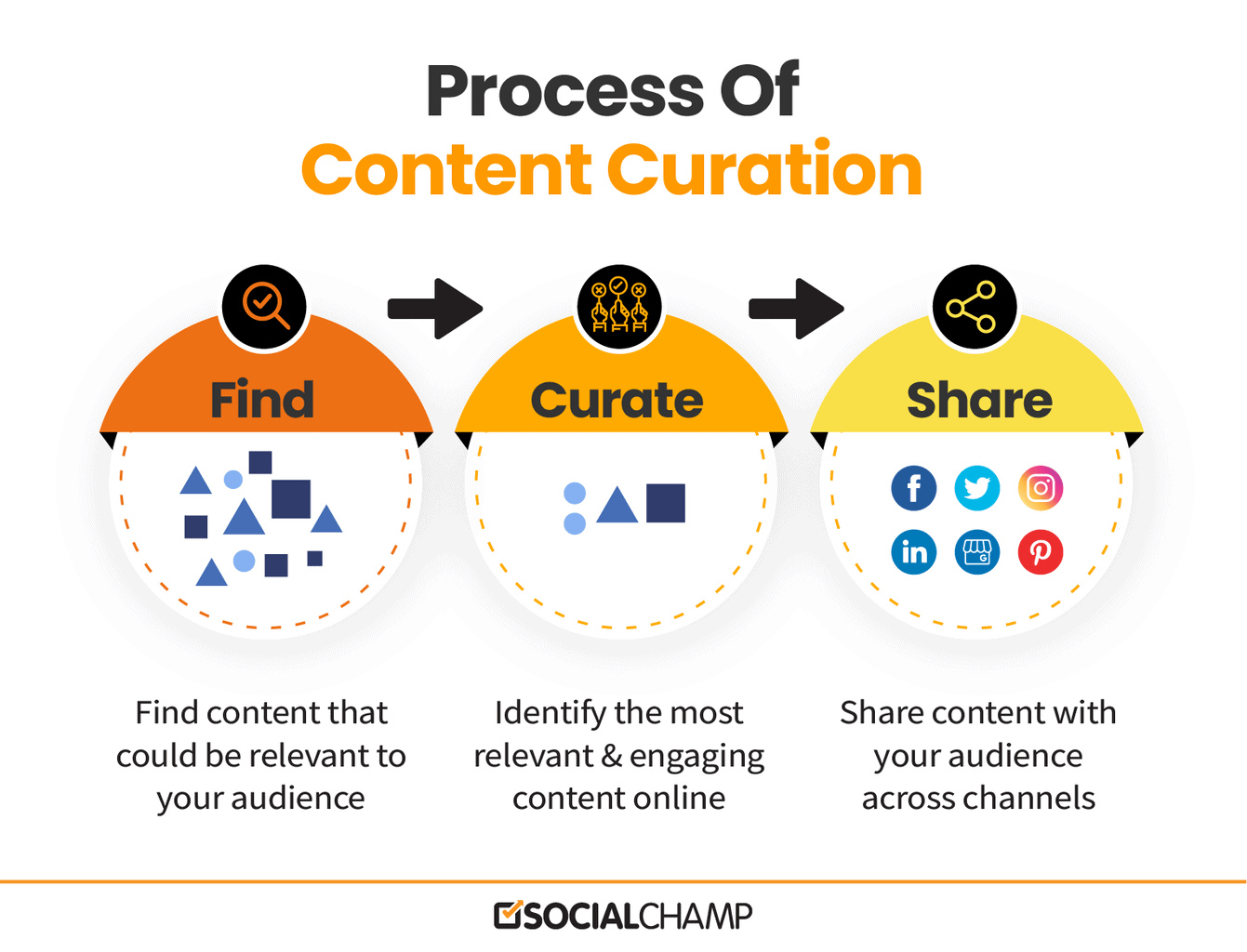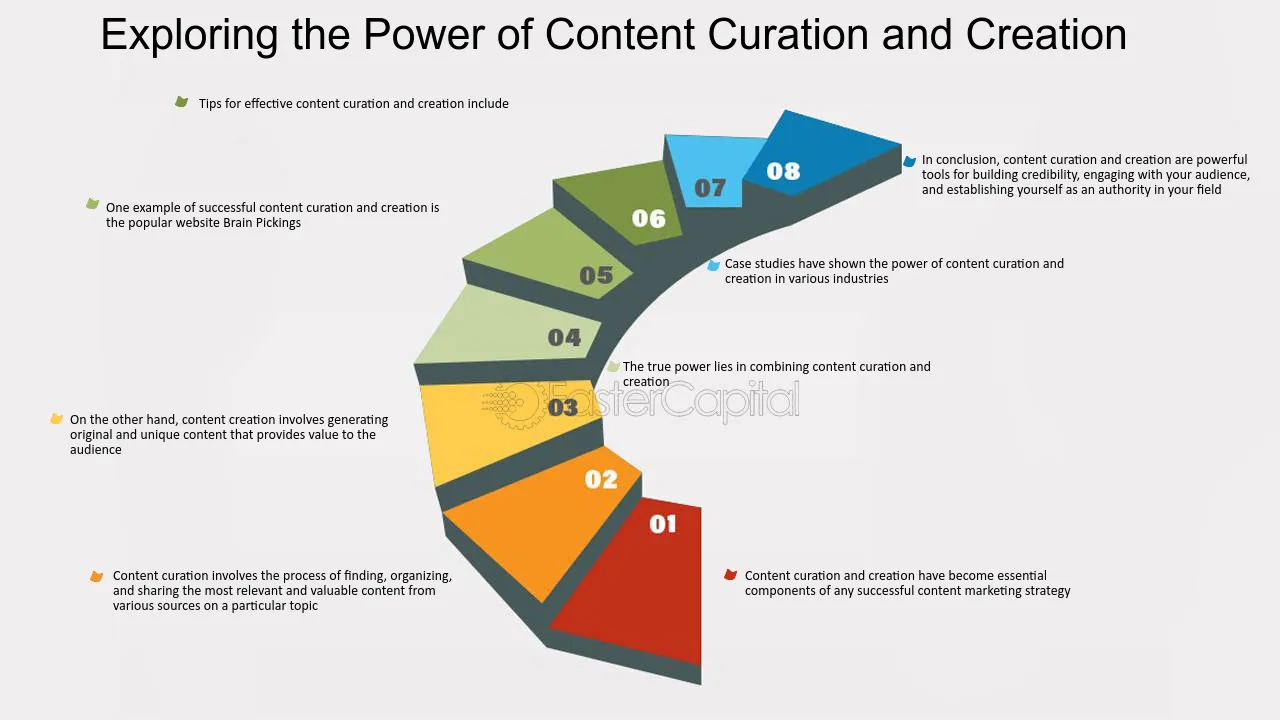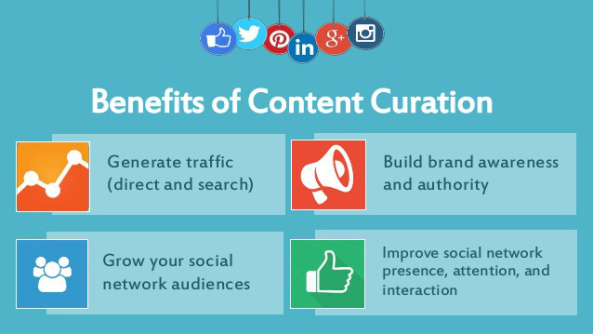Unveiling the Power of Curation: From Museum Exhibits to Playlists You Love
Table of Contents
Ever wonder how museums choose what to display or how music services create the perfect playlist? That’s the power of curation!
What is Curation?

Have you ever come across a website filled with interesting articles, or browsed a music playlist that perfectly matched your mood? That’s the power of curation!
Curation, in its simplest form, is the act of choosing and organizing things. Imagine you’re making a playlist for a road trip. You wouldn’t just throw every song you know onto the list, right? You’d pick the ones that create a certain vibe or go well together. Curation is similar, but it can be applied to anything from art and music to information and even experiences!
This article explores what curation is, the skills of a good curator, and where you encounter it in everyday life. Learn how to be a more informed consumer of curated content!
The Art of Choosing: What Makes a Good Curator?

Curation, like many things in life, is an art form. But what makes someone a good “curator”? It goes beyond just picking things you like. Here are some key qualities:
1. Identifying Quality and Value
A good curator has a keen eye for spotting things that are well-made, interesting, or have historical significance. They can distinguish the valuable from the ordinary.
2. Understanding Your Audience
The best curators consider who will be viewing or experiencing their selections. They tailor their choices to resonate with the interests and needs of their audience.
3. Defining Your Theme or Focus
What story are you trying to tell or what experience are you trying to create? Having a clear theme helps guide your selection process and ensures a cohesive outcome.
4. Research and Selection Methods
Great curators don’t just pick things on a whim. They research extensively, exploring different options and considering diverse perspectives before making their final selections.
5. Balancing Different Perspectives
While curators may have their own preferences, they strive to present a well-rounded and balanced view. They include diverse voices and viewpoints to enrich the experience for everyone.
By mastering these skills, curators can create engaging and informative collections that spark curiosity, inspire thought, and connect with their audience on a deeper level.
Curation in Action: Where Do You See It?

Curation isn’t just a fancy term; it’s all around us! Let’s explore some places where you might encounter curated experiences:
1. Museums and Exhibitions
Museums curate collections of art, artifacts, and historical objects, presenting them in a way that tells a story or highlights specific themes.
2. Online Content Platforms
From carefully curated playlists on music streaming services to informative blog posts and interesting social media feeds, the internet is full of curated content.
3. Educational Resources
Textbooks, online learning platforms, and even your classroom teacher all play a role in curating information to help you learn and understand different topics.
By looking at things through the lens of curation, you can appreciate the effort and thought put into shaping your experiences, both online and offline.
The Impact of Curation: Benefits and Challenges
Curated content can be a valuable tool in today’s information-rich world. Here are some of its advantages:
Benefits:

- Saving Time and Effort: Curated content saves you the time and effort of sifting through vast amounts of information to find what you’re looking for.
- Accessing High-Quality Information: Curators typically select high-quality content from reliable sources, ensuring you get trustworthy information.
- Discovering New and Interesting Things: Curated content can expose you to new ideas, perspectives, and experiences you might not have found on your own.
However, it’s important to be aware of some potential challenges:
Challenges:
- Balancing Personal Bias with Objectivity: Curators may have their own preferences, which can influence their selections. It’s important to be mindful of this and seek out diverse perspectives.
- Maintaining Accuracy and Credibility: Not all curated content is created equal. It’s crucial to evaluate the source and the curator’s credentials to ensure the information is accurate and reliable.
By being aware of these factors, you can become a more informed and critical consumer of curated content.
Summary
Curation is like picking and organizing the best stuff on a particular topic. It’s like making a mixtape of your favorite songs or a collection of cool rocks on the beach. Curators can work in museums, libraries, or online to share their finds with others.
By selecting high-quality content, curation can save you time, expose you to new things, and help you learn. But remember to be critical and consider the source!
For More Information Please Visit These Websites Craiyon And Arturia





